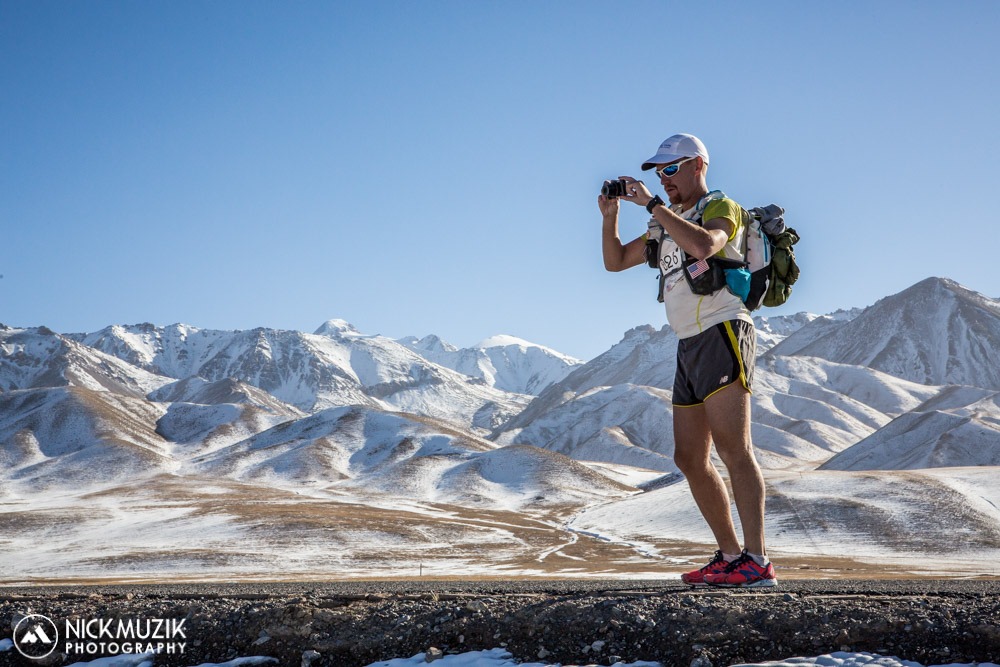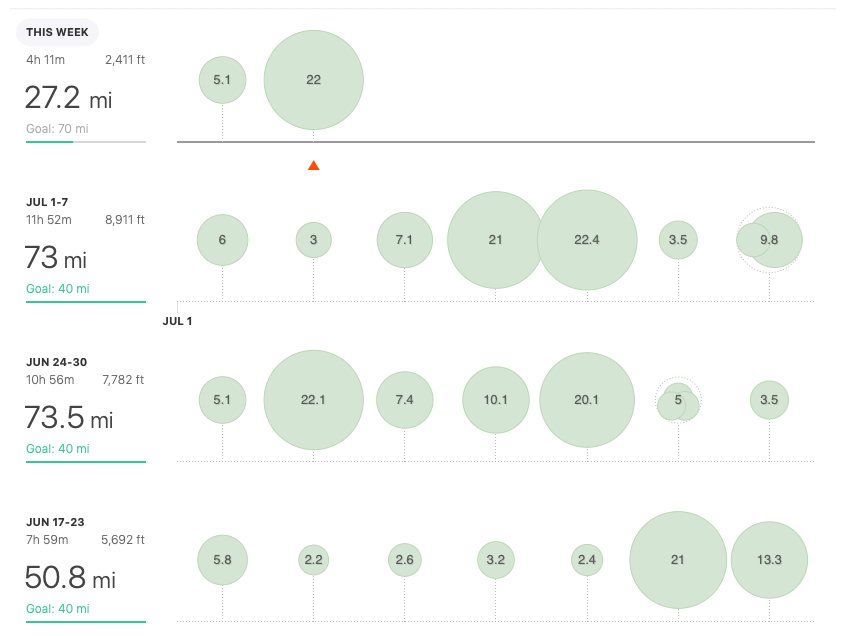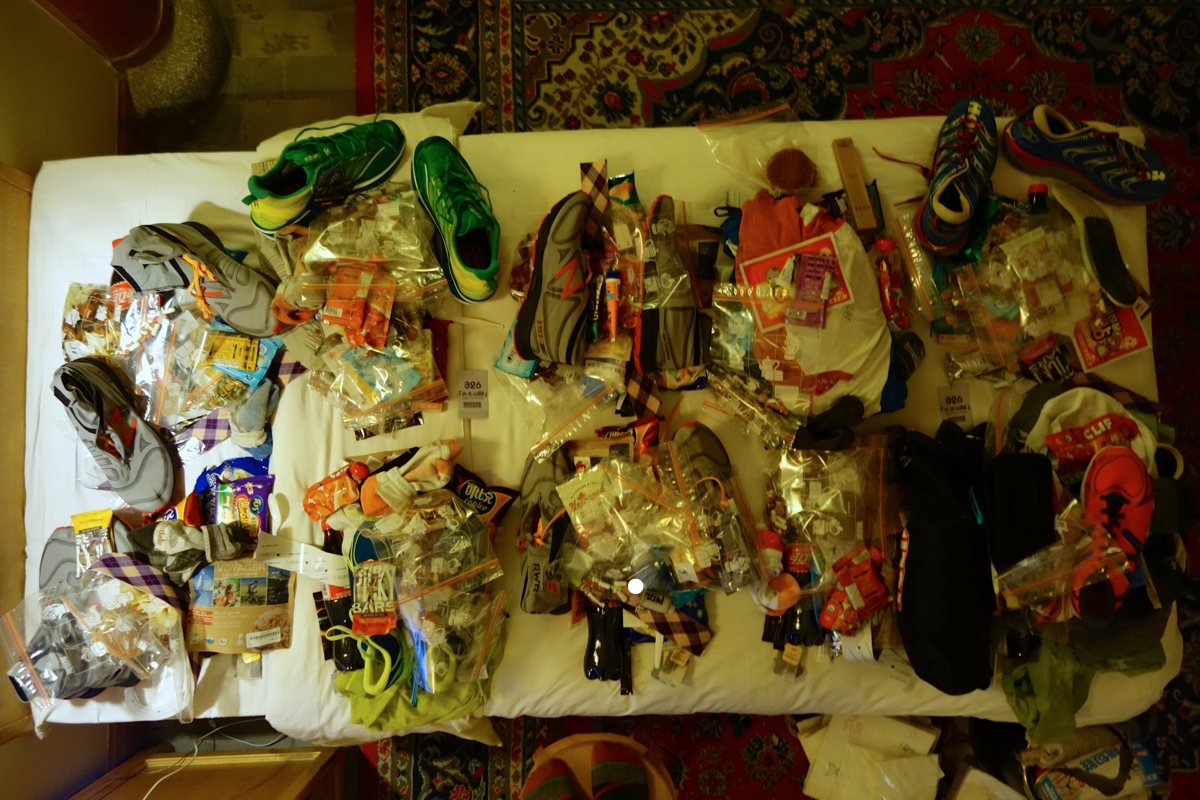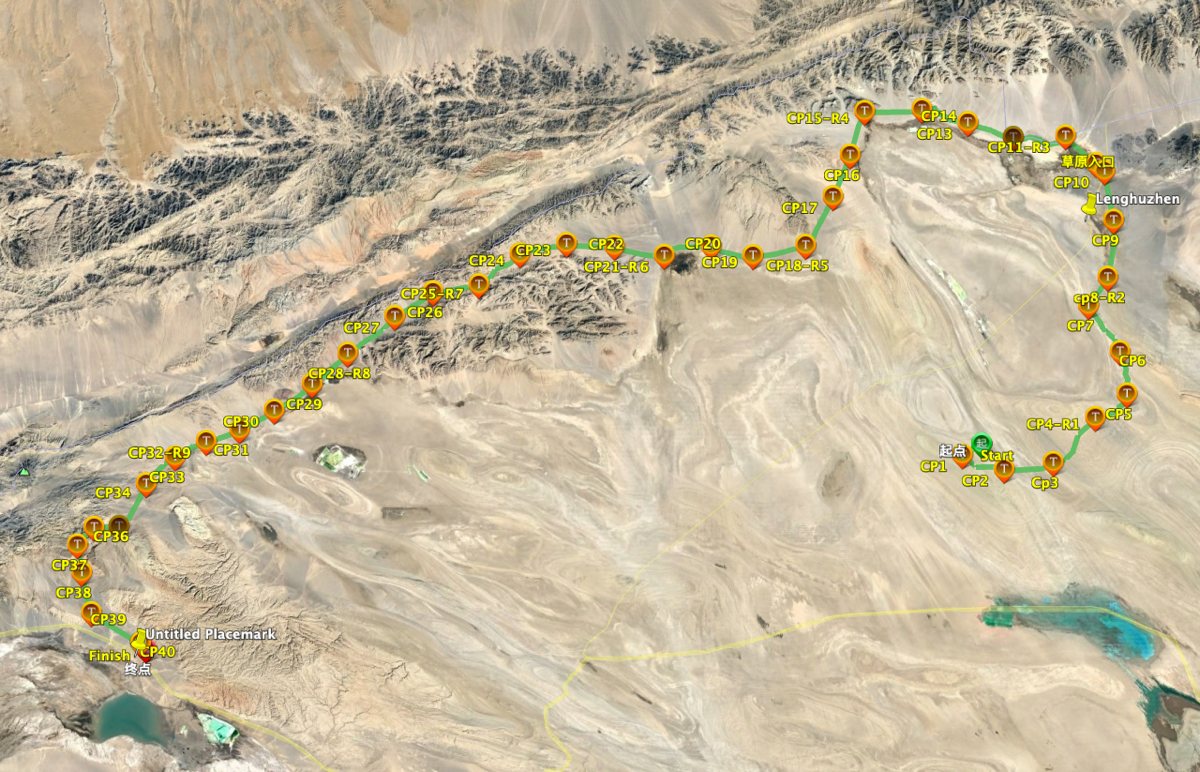With more than a quarter century of running behind me, I still love running for its own sake and for the places it takes me. Full stop. Over the past decade or so, I’ve also come to love taking part in adventures and events that challenge me in aspects beyond the running itself.
It’s admittedly funny, as one of my favorite aspects about running is that on 300-some-odd days a year, I throw on clothes and shoes, head out my front door, and I’m running. That simplicity and the simple miles that follow are one of the reasons I stay a one-trick pony when it comes to sport. That said, I love having an annual adventure that engages my mind as much or more than my body. Something about which I ponder, dream, analyze, inquire, and plan. Sometimes for weeks or months. And, then again come go time, my mind is once again racing trying to balance a multitude of factors.
In pondering why I might enjoy this sort of adventure, I think it’s in part because I can use what I learn for later adventures and even better equip and prepare myself for everyday outings. I might ponder training a bit more than normal and then see where that the training was adequate and where it was not. I take a deeper dive into the current offerings in a few focused areas of gear and carry that knowledge forward. I learn about some area of survival or performance or a skill and keep that in my mental toolbox. Diving in deep in one pursuit is fun in and of itself and pays going forward, as well!
It’s with this in mind that I accepted an invitation to return to run Ultra Gobi (formerly the Ultra-Trail Gobi Race), an event that I ran in 2015. As a reminder, this is a 250-mile/400-kilometer single-stage race in western China. This year, it’s at high altitude on a lot of runnable terrain over a mix of open desert, primitive dirt roads, and river canyons. The race provides bottled water, a table, and a stool to sit on (and that’s it) at 25 to 30 simple checkpoints, while 10 major rest points have bottled water, hot water, heated tents, and runner drop bags. There’s a bunch of mandatory gear as well as plenty of non-mandatory gear that we’ll just need along the way. Below are some of the areas I’ve been and will be pondering.
Training
When I decided to return to Ultra Gobi, there was just a month and a half until race day, which means that at most I had five weeks to train. While I’d run the race before, I’d not really trained for it (I’d run 125 miles total in the 11 weeks before the 2015 race) and I had scant time to train starting from what I’d call moderate base fitness. It’s been fun trying to prioritize certain types of training runs, considering overall volume, determining when and where to run with my heavy pack (it’ll weigh a bit over 10 pounds at the start), and when to rest. So far, so good… but I’ve got to make the most of the next 3.5 weeks. In my mind, that means highly prioritizing long training runs with my heavy pack over runnable terrain amidst moderately high but not overwhelming training volume.
Gear
The last time I ran Ultra Gobi, I ran with whatever gear I had laying around. That was all high quality, reasonably lightweight gear, but I went into Ultra Gobi 2015 knowing that many pieces of my gear could be lighter, while the experience of the race showed me some things that I didn’t need at all, as well as a few items I’d add. I’ve spent some fun hours in the last week sorting out my gear plan. That’s meant cutting down my apparel weight by swapping in gear I already own, finding ways to borrow some ultralight mandatory equipment, and a couple purchases of less expensive accessory items that’ll add up to weight savings. The area of biggest change will likely be with my lighting and backup-power system that will cut roughly a pound off my pack weight. (Details on all gear to follow after the race.)
Sleep
I also plan to read up on and ask experts about sleep deprivation in endurance sport. In my prior go at Ultra Gobi, I slept full nights the first two nights with only an hour of sleep the final two days. This time, I plan on learning about and experimenting with a more streamlined sleep plan. I’ve already interviewed an experienced adventure racer and I plan to look into the military’s research into this area. So far, I’ve learned more about sleep banking, caffeine usage, and tried and tested sleep schedules during prolonged endurance sports, all of which I plan to share later.
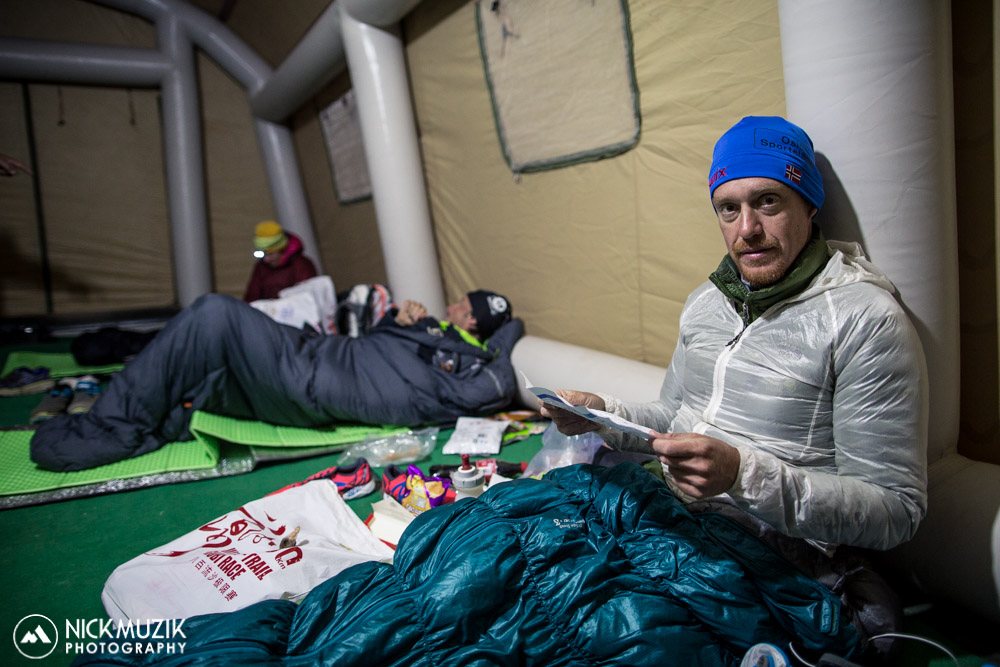
Me post-sleep in my sleeping gear while waiting out a “weather hold” during the 2015 race. Photo: Nick Muzik
Terrain
Finally, I’m spending some late-night time perusing the course on Google Earth. The race features an open course with self-navigation. I. Love. This! The race does provide a suggested route via GPX file, but from my prior experience, I know that some Gobi terrain is difficult and slow enough that even lengthy diversions can be easier and faster. Notably, the course moved more than 200 miles to the southwest for this year’s race, so while I had previously noted places where I’d take a different line on the previous course, I’ll be scouring maps ahead of this year’s race, while relying on my on-the-ground evaluation of footing and terrain once it’s underway.
Aside from the above, I’ll ponder lots more about the Ultra Gobi in the coming month before being fully engaged once it’s underway with more lessons to be learned afterward. I’m know that I’m currently thankful for the thoughts I pulled together about what I’d do differently following the 2015 race.
Call for Comments
Do you occasionally find yourself drawn to events that require learning, analysis, and planning? If so, let us know why and share some examples.
